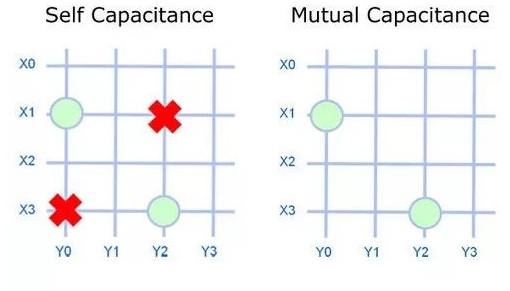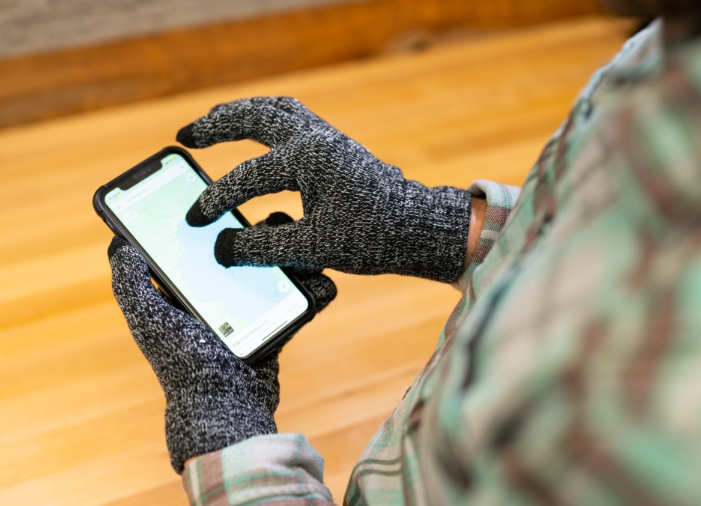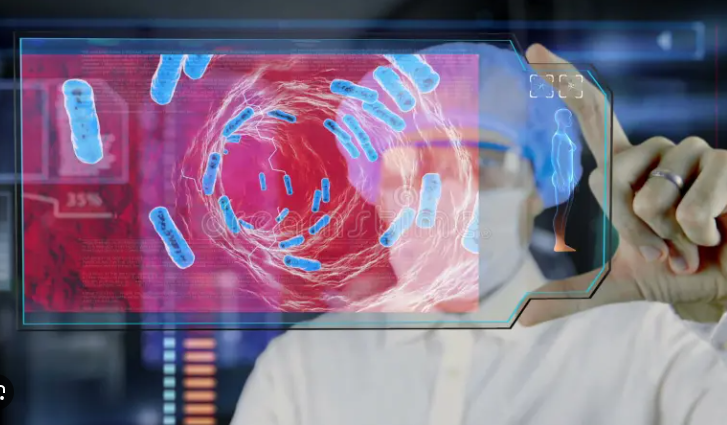We have already introduced the common types and characteristics of capacitive touch screens. Introduction to capacitive touch screens (link)
Traditional touch screens work by changing resistance or capacitance through contact. The COVID-19 outbreak in Hubei at the end of 2019 brought us painful memories. We know that contact is one of the ways bacteria and viruses spread. Therefore, we might as well make a bold assumption: during the use of electronic products, is there a touch screen that can avoid contact and achieve control effects? The answer is optimistic.
This chapter introduces you to this new technology - floating touch technology!
Floating touch technology definition concept:
Floating touch technology is a technology that allows users to interact with the device through fingers or gestures without directly touching the screen. This technology uses sensors to detect the movement and position of fingers or hands above the screen to achieve various operations. The application of floating touch technology can greatly improve the user experience, especially in some specific scenarios, such as when it is inconvenient for fingers to touch the screen or you do not want to leave fingerprints on the screen.
How floating touch technology works:
As we know, capacitive touch works by covering the phone with an X-Y grid of electrodes, applying voltage to them. When a finger approaches the electrodes, the capacitance changes and can be measured. By comparing the measured values of all electrodes, the finger's position can be accurately located.
There are two types of capacitive sensors on touch screens, mutual capacitance and self capacitance. Mutual capacitance is used to achieve multi-point touch detection. Self capacitance can produce a stronger signal than mutual capacitance and detect finger sensing farther away, but it cannot perform multi-point detection due to an effect called "ghosting".

The circle represents the touch point, and the red X represents the ghost position.
Combining self-capacitance and mutual capacitance to achieve floating touch
Floating touch is achieved by running both self-capacitance and mutual capacitance on a capacitive touch screen. Mutual capacitance is used to complete normal touch sensing, including multi-touch. Self-capacitance is used to detect fingers hovering above. Since floating touch technology relies on self-capacitance, floating multi-touch is not possible. In other words, when floating operation is performed, the screen does not support multi-touch. The screen can only achieve multi-touch in the case of contact touch.
By utilizing the existing capacitive touch sensors and lowering the threshold for touch registration, it is possible to distinguish between floating touch and contact touch. All Android applications can work completely normally. However, as before, only applications that explicitly "listen" to floating touch events will respond. In other words, the implementation of floating touch technology requires the support of the application's internal program, that is, the support of the chip.
Chips for suspension technology
The touch screen uses Atmel mXT874U Revision 1.0 to achieve floating touch. Please click the link to extract the file.:Atmel mXT874U Revision 1.0
Application prospects of floating touch technology
The floating touch technology is a brand new technology that can not only touch the screen with fingers, but also sense non-conductive fabrics. In other words, after wearing gloves in winter, you can still freely operate the touch screen device. In addition, with this technology, users can operate the phone as usual when there is water or oil on their hands, and they don't have to worry about dirtying the screen.

Floating touch technology plays a key role in health protection. Fingers are actually very "dirty", especially when people are paying great attention to health and hygiene, an electronic product that can avoid contact will be very popular. The use of electronic products by teenagers is becoming more and more common, and children have relatively poor resistance. Bacteria and viruses usually left on the display screen of electronic products can be transmitted through contact and cause illness, so floating touch will definitely have a very important position in the future market.

It should be pointed out that floating touch technology is not yet mature and has many areas that need to be improved. It cannot be put into use on a large scale. However, floating touch technology will bring a new idea to the application scenarios of smart devices and even subvert the traditional human-computer interaction method. Whether it is a gimmick technology or an innovative application, we will have to wait and see.
Have questions about display solutions? What you want, we make it happen. contact us!
For more information on customized solutions, please click below:
Customized circuit driver board
Customized communication interface